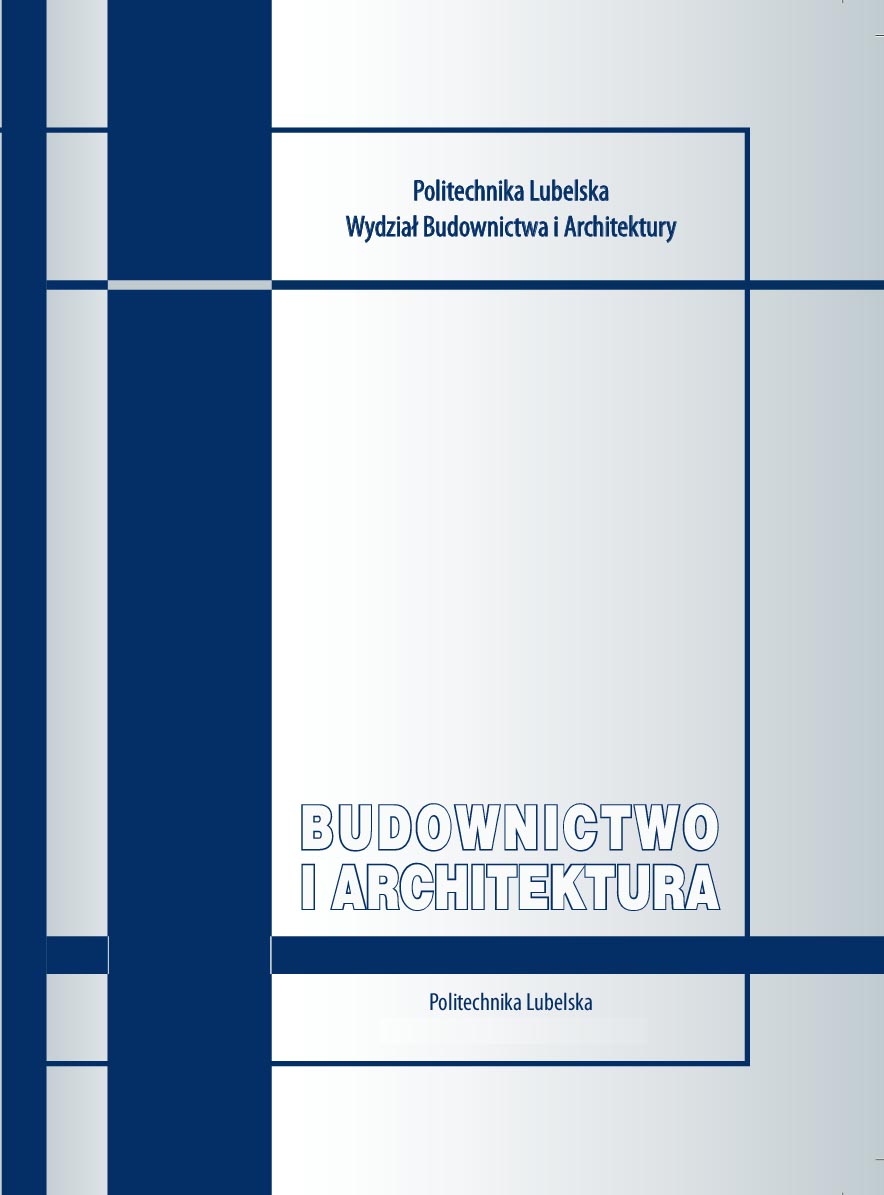Contribution of solvents from road marking paints to tropospheric ozone formation
Contribution of solvents from road marking paints to tropospheric ozone formation
Author(s): Tomasz E. Burghardt, Anton Pashkevich, Lidia ŻakowskaSubject(s): Architecture, Geography, Regional studies
Published by: Biblioteka Politechniki Lubelskiej
Keywords: road marking; waterborne paint; solventborne paint; tropospheric ozone; VOC; road safety; MIR; environmental protection
Summary/Abstract: Solventborne road marking paints are meaningful sources of Volatile Organic Compounds (VOCs), which under solar irradiation affect formation of tropospheric ozone, a signif cant pulmonary irritant and a key pollutant responsible for smog formation. Influence of particular VOCs on ground-level ozone formation potential, quantified in Maximum Incremental Reactivities (MIR), were used to calculate potential contribution of solvents from road marking paints used in Poland to tropospheric ozone formation. Based on 2014 data, limited only to roads administered by General Directorate for National Roads and Motorways (GDDKiA), emissions of VOCs from road marking paints in Poland were about 494 838 kg, which could lead to production of up to 1 003 187 kg of ropospheric ozone. If aromatic-free solventborne paints based on ester solvents, such as are commonly used in Western Europe, were utilised, VOC emissions would not be lowered, but potentially formed ground-level ozone could be limited by 50-70%. Much better choice from the perspective of environmental protection would be the use of waterborne road marking paints like those mandated in Scandinavia – elimination of up to 82% of the emitted VOCs and up to 95% of the potentially formed tropospheric ozone could be achieved.
Journal: Budownictwo i Architektura
- Issue Year: 15/2016
- Issue No: 1
- Page Range: 7-18
- Page Count: 12
- Language: English

